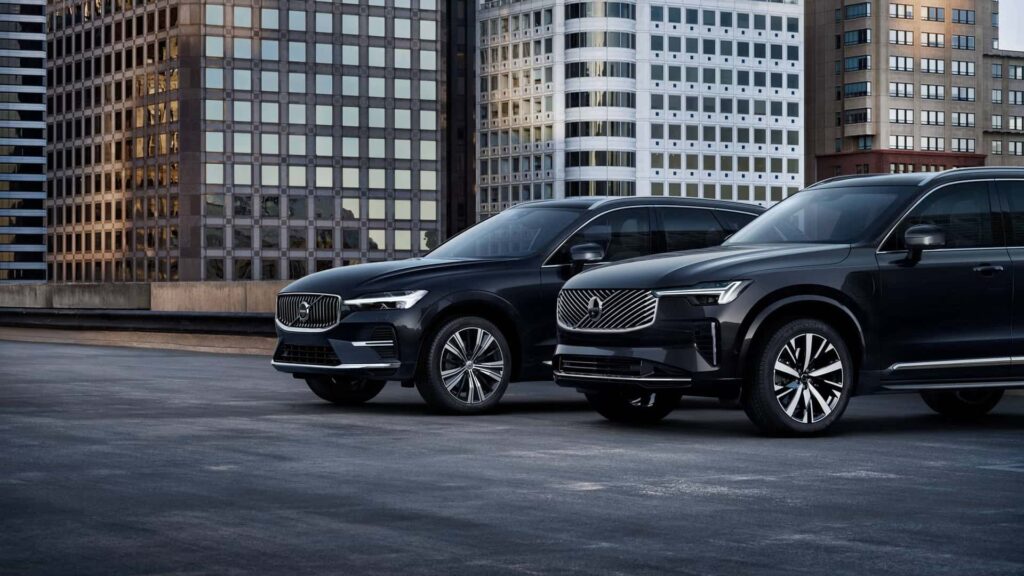From there, engineers design the armor plating to fit seamlessly into the vehicle, ensuring that it doesn’t compromise the safety features or aesthetics of the car. The armored XC90 and XC60 are then reassembled, with the armor integrated into the structure of the car for maximum protection.
One unique feature of the armored XC90 is that the rear windows cannot be opened. This is a security measure to prevent any potential attacks from the rear of the vehicle. Despite this limitation, Volvo ensures that the interior remains comfortable and luxurious, with all the amenities you would expect from a premium SUV.
Overall, Volvo’s armored family-sized plug-in hybrid SUVs provide a unique blend of safety, security, and sustainability. With the ability to withstand up to 300 bullets and drive on electric power for up to 41 miles, these vehicles are a top choice for those looking for maximum protection without sacrificing performance or comfort.
Whether you’re a private individual or a company in need of armored transportation, Volvo’s armored XC90 and XC60 offer a discreet and reliable solution. With state-of-the-art technology and a focus on safety, these vehicles are setting a new standard for armored vehicles in the automotive industry.
So if you’re in the market for a family-sized plug-in hybrid SUV that can also double as an armored vehicle, look no further than Volvo’s XC90 and XC60. With their blend of power, luxury, and security, these vehicles are sure to meet the needs of even the most discerning customers.
The world of technology is constantly evolving and advancing, with new innovations and breakthroughs being made every day. One of the most exciting and promising areas of technology is artificial intelligence, or AI. AI has the potential to revolutionize many aspects of our lives, from healthcare to transportation to entertainment.
One of the key areas where AI is making a significant impact is in healthcare. AI has the potential to improve patient outcomes and streamline healthcare processes in a variety of ways. For example, AI-powered diagnostic tools can help doctors more accurately and quickly diagnose diseases and conditions, leading to better treatment outcomes for patients. AI can also be used to analyze large amounts of medical data to identify trends and patterns that can help researchers develop new treatments and therapies.
In addition to improving patient care, AI is also being used to improve the efficiency of healthcare systems. AI-powered scheduling and administrative tools can help hospitals and clinics optimize their operations, reducing wait times for patients and freeing up healthcare professionals to focus on providing care. AI can also help healthcare providers better manage their resources, ensuring that patients receive the care they need when they need it.
Another area where AI is making a significant impact is in transportation. AI-powered technologies are being used to improve the safety and efficiency of transportation systems, from self-driving cars to traffic management systems. Self-driving cars, in particular, have the potential to revolutionize the way we think about transportation, reducing accidents and congestion while increasing accessibility for those who may not be able to drive themselves.
AI is also being used to improve the entertainment industry. From personalized recommendations on streaming platforms to AI-generated music and art, AI is helping to create more engaging and immersive experiences for consumers. AI-powered algorithms can analyze user data to recommend content that is likely to be of interest to individual users, leading to higher levels of engagement and satisfaction.
Overall, AI has the potential to revolutionize many aspects of our lives, from healthcare to transportation to entertainment. As the technology continues to advance and evolve, we can expect to see even more exciting and innovative applications of AI in the years to come.

